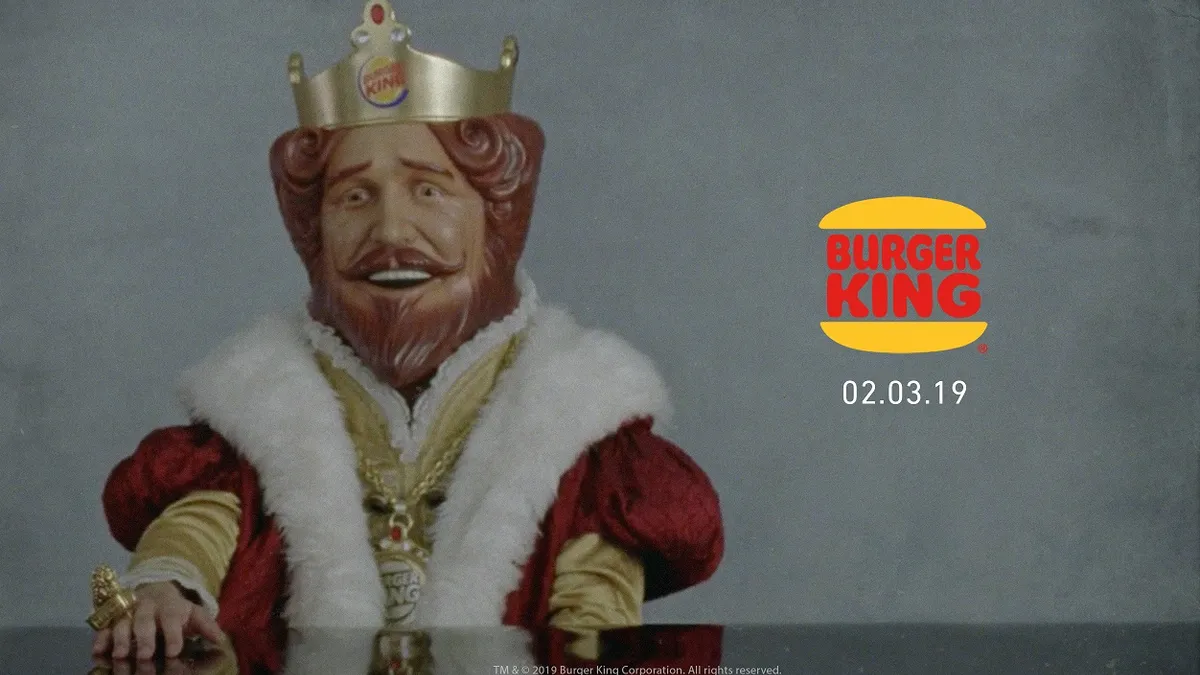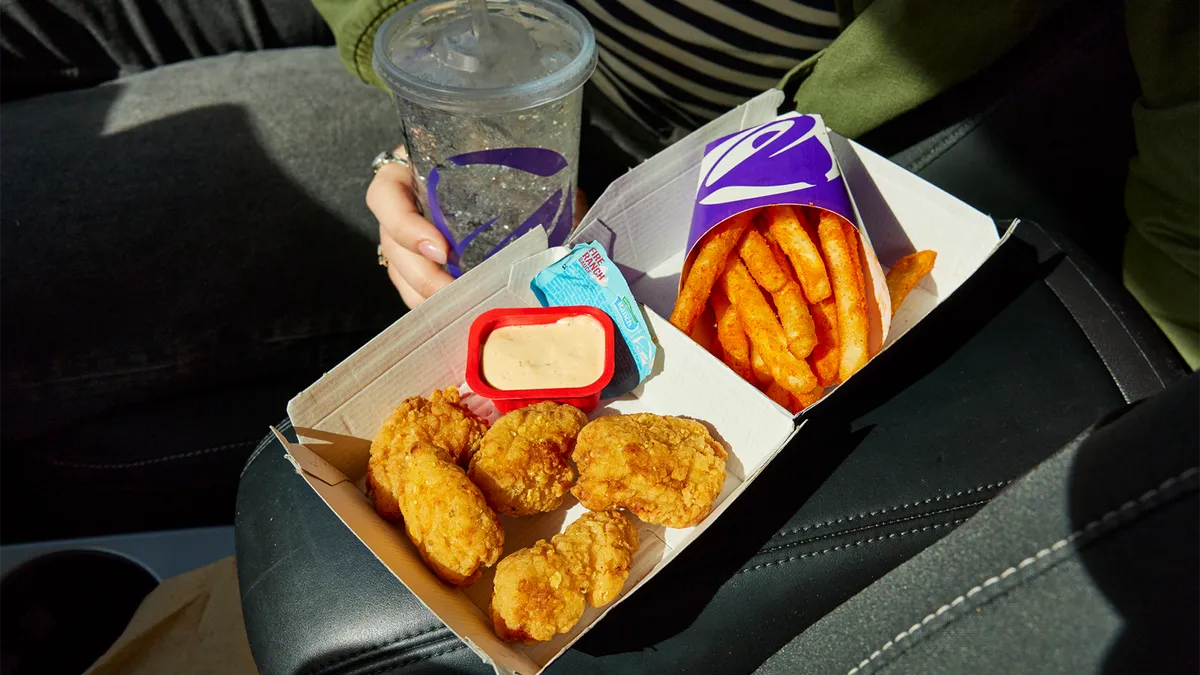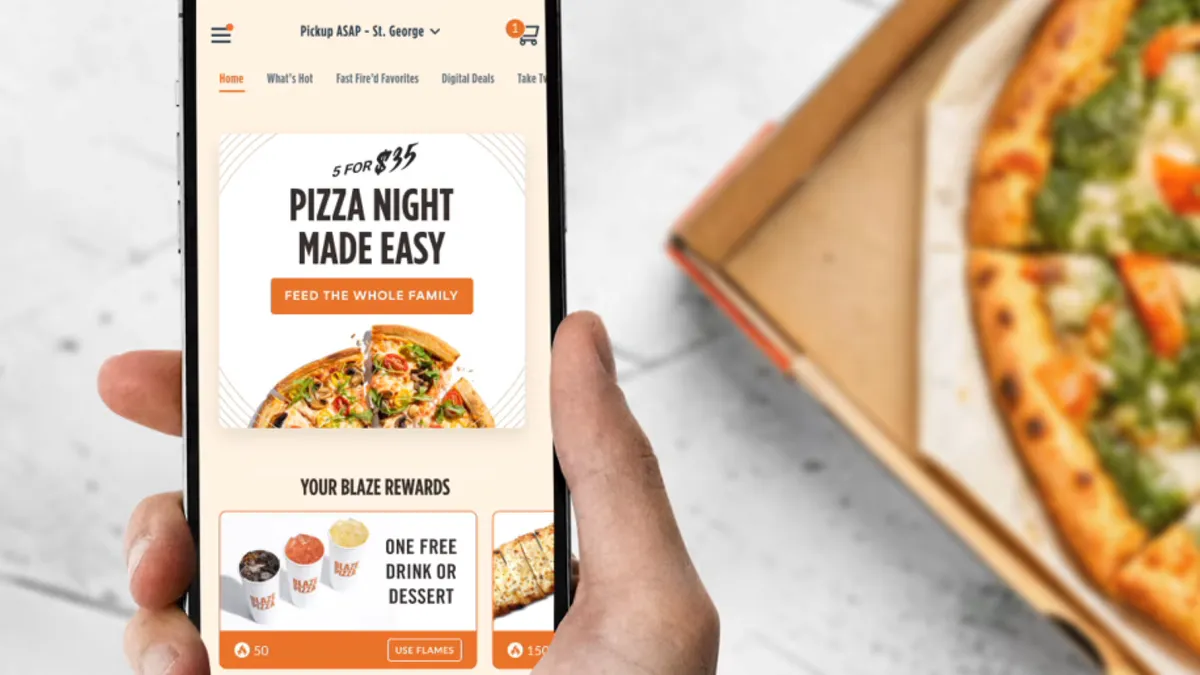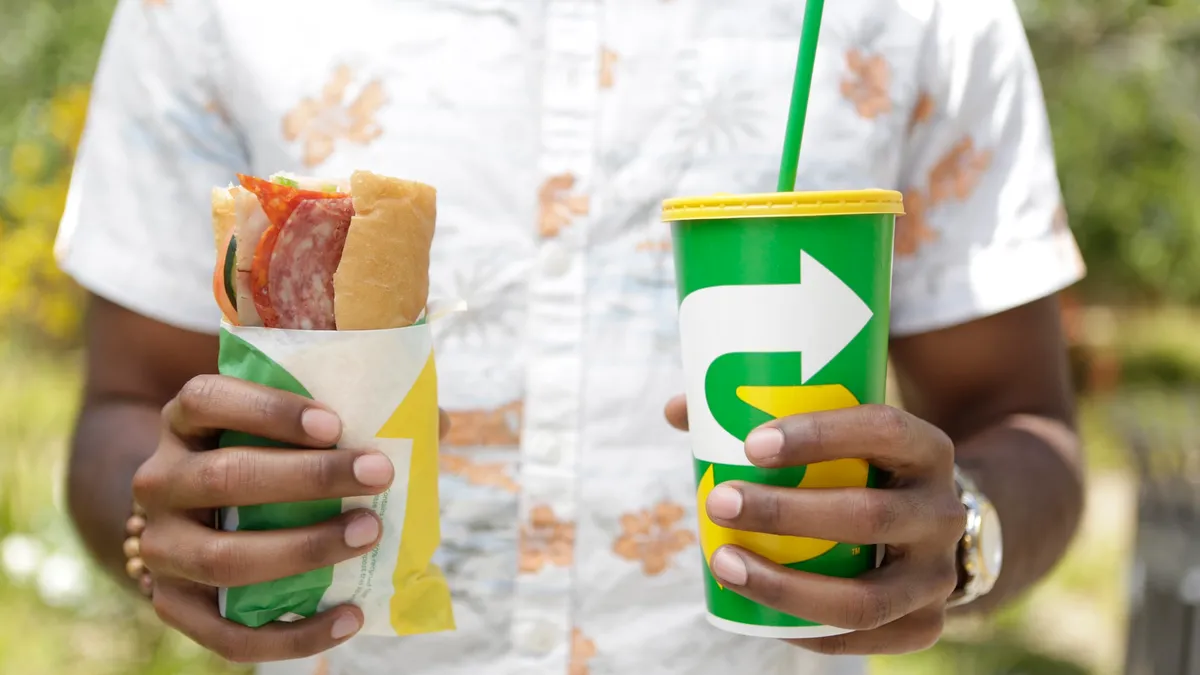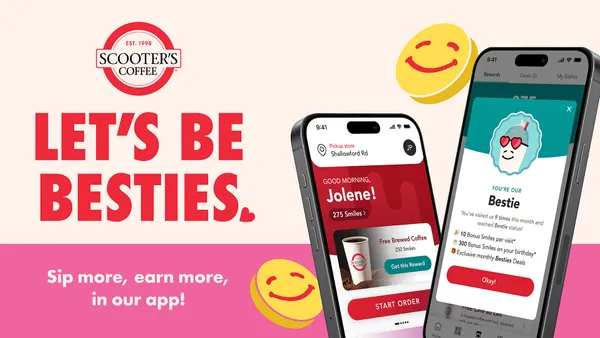Brian Czarny is the CMO of location data firm Factual.
Super Bowl LIII advertiser Burger King probably has something to learn from burger rival Wendy’s, which bought a Big Game commercial last year. While Burger King can expect a lot of social media buzz and perhaps even critical acclaim from all the self-appointed advertising judges out there, the day in which the brand really needs to staff up the cash registers is probably Sunday — the same day the ad runs.
During Super Bowl Sunday 2018, Wendy's saw 84% more visits than its competitors, according to research by my team at Factual. For the month of February, compared to the prior month, Wendy’s saw a small uptick in footfall, including an 11% increase in store visitation nationwide. And then it saw incremental increases during March and April.
So, the most dramatic increase Wendy’s saw was on Super Bowl Sunday itself. It’s counterintuitive, right? Aren’t most people busy with their Super Bowl parties? Not so fast — the U.S. is a big country with all kinds of demographics. And more specifically, here’s why our finding actually makes sense, and why Burger King likely needs to have a few more hands on deck at each location before, during and after the game.
The art of the tease
There are quite a few similarities between Burger King and Wendy’s these days. First of all, both brands artfully troll their chief competitor, McDonald’s, with Burger King recently utilizing location data to pull off messaging stunts while Wendy’s leans on social media. What’s more, the tactic each player has employed going into their respective Super Bowl campaigns — teasing out videos that get shared far and wide across the internet — helps explain why people run out on Super Bowl Sunday to get their fast food fix.
Branding across TV, social and mobile works when targeted well and done with a touch of flair. Going into the Super Bowl, people last year saw Wendy’s teaser videos online and on TV news programs over and over again. Super Bowl campaigns are culturally immersive that way, and it makes sense that an unusual amount of people went to Wendy’s not only before and after the game but during the showdown between the Philadelphia Eagles and New England Patriots. After all, the brand’s ad ran during the second quarter, encouraging halftime runs by the brand’s fans who were craving burgers, fries and Frosties. Another reality that helps explain the game-day footfall is that the West Coast still had plenty of time to grab dinner after the game.
And here’s an interesting factor to consider about Burger King’s 2019 Big Game ad: it will promote the chain’s delivery partnership with DoorDash. Whether that aspect curbs the lift in footfall Burger King sees from its spot this weekend will be worth watching over the next several days.
A teachable tale from last year
Often, it seems that Super Bowl advertisers enjoy the social and broadcast buzz that comes with their campaigns before the game and a couple days after. But if you look at Wendy’s footfall trajectory — which was more of a plateau than anything during the week after the game — it’s clear that it could have done more to extend the value of its TV spot. After all, by many accounts, Wendy’s “won” the Super Bowl advertising contest.
But when you look at Wendy’s follow-on numbers below, one must ask: Where’s the beef?
An opportunity Burger King should seize upon is extending the Super Bowl effort across mobile ad networks to continue driving footfall for the following weeks. It’s been increasingly proven, since circa 2013, that location-based advertising works unusually well for QSR brands. Taco Bell and KFC are two brands that have made considerable strides in mobile advertising in the last couple of years. Burger King should aim to do the same after the Big Game because the brand-marketing ecosystem for years has debated the effectiveness of Super Bowl spots, which get more expensive every year and now cost more than $5 million for 30 seconds. To get the return on investment it deserves for that price tag, Burger King should invest meaningfully in mobile ads while targeting consumers when they are near one of its locations.
Super Bowl advertising opportunities aren’t exactly an everyday, humdrum opportunity for marketers in the fast-food space. They are not coupon mailers.
To make this monumental occurrence count, Wendy’s teaches Burger King to think beyond TV, online video and social media’s reach. Inspire people to walk into your restaurants, which is the ultimate act of patronage and should encourage brand loyalty. Because while it’s nice to be king for one day, it’s even better to make such a reign last well into the future.


